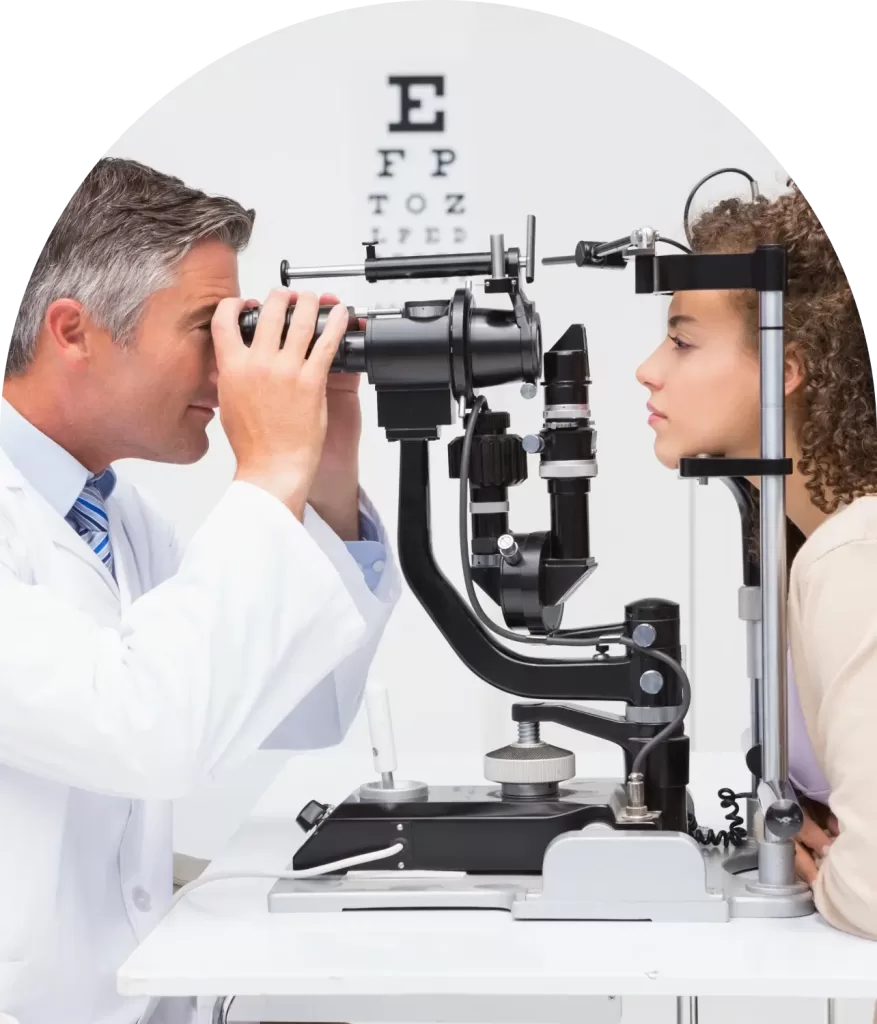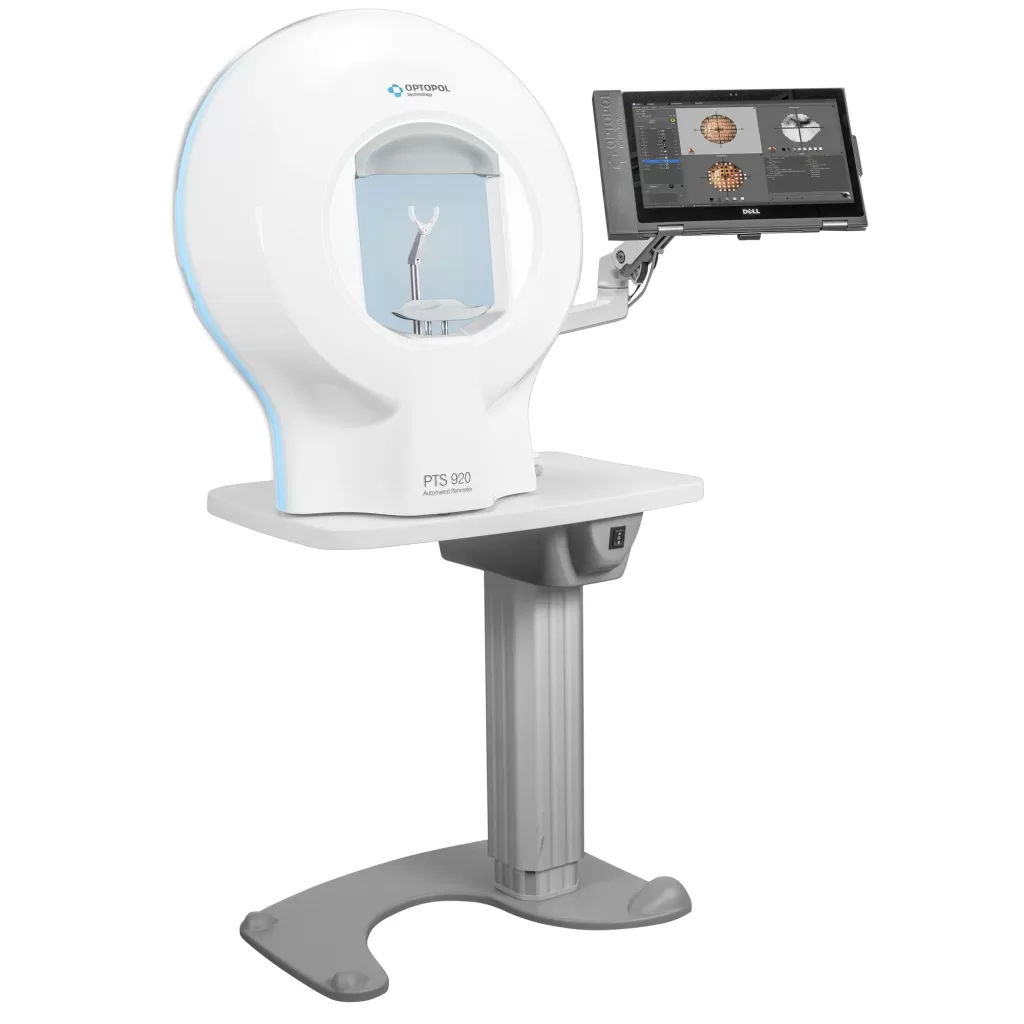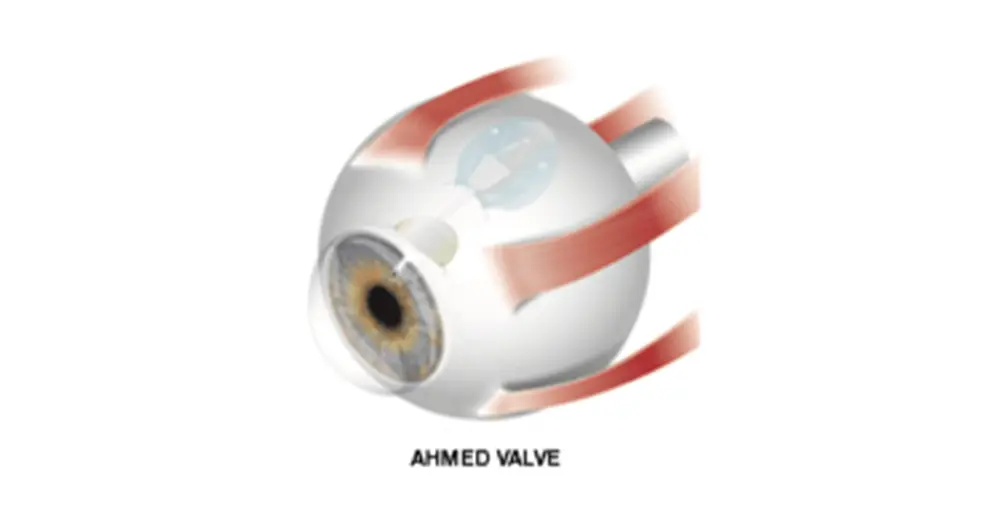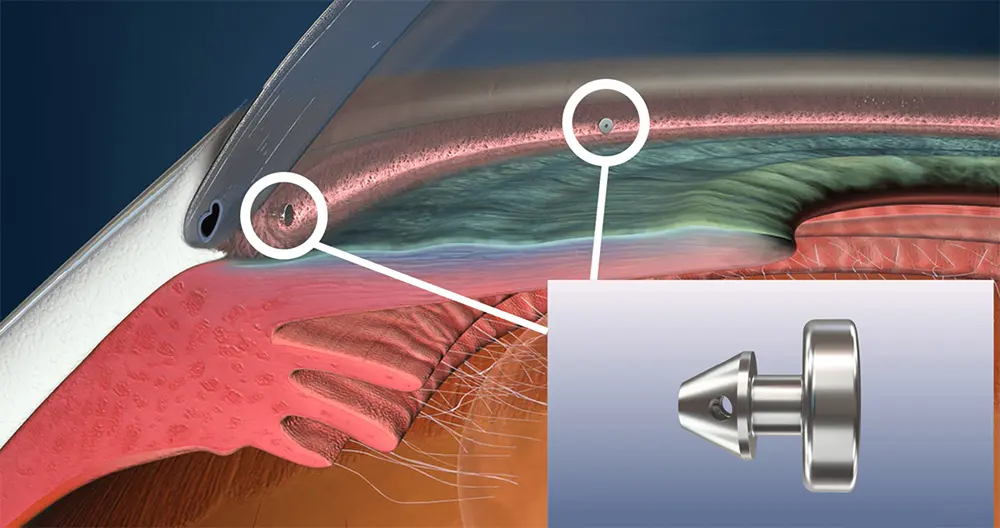Glaucoma
Glaucoma, often called the “silent thief of sight,” is a group of eye conditions where elevated intraocular pressure gradually damages the optic nerve, the crucial link that transmits visual information from the eye to the brain. The eye produces a nourishing fluid called aqueous humour, which circulates around the eye’s tissues and drains through outflow channels. Normal eye pressure occurs when the amount of fluid produced is balanced by the amount draining away. If this balance is disrupted, the pressure inside the eye rises, potentially leading to glaucoma, which requires treatment by a specialist.
There are two main types of glaucoma:
- Open-Angle Glaucoma: This type progresses slowly and is often asymptomatic until its later stages.
- Angle-Closure Glaucoma: This type develops rapidly, causing sudden eye pain, nausea, and blurred vision.
Several factors can increase the risk of developing glaucoma, including advanced age, certain ethnic backgrounds, a family history of glaucoma, and various medical conditions such as diabetes, heart disease, high blood pressure, and sickle cell anaemia. Physical eye injuries also pose a significant risk.
Early detection of glaucoma is critical, as prompt intervention can often halt or slow the progression of vision loss. Treatment options vary depending on the type and severity of glaucoma and include eye drops, oral medications, laser treatments, and surgical procedures.
At Roya Eye Clinic, our glaucoma specialist excels in both surgical and non-surgical treatments, utilizing cutting-edge technology and evidence-based treatments to deliver personalized, effective care.


Causes
Scientists still do not fully understand the exact cause of glaucoma. An important contributing factor is a blockage of the passages that drain fluid from the eye. This blockage leads to a buildup of fluid, increasing intraocular pressure. The elevated pressure damages the delicate nerve fibers and blood vessels of the optic nerve, resulting in vision loss.
Glaucoma diagnosis
Most people with glaucoma do not notice any symptoms until their vision has silently and gradually worsened to a severe stage. Many are unaware they have the condition, which is why glaucoma is often referred to as “the thief of sight” and remains one of the leading causes of blindness.
In its early stages, glaucoma typically affects peripheral (or side) vision. Contrary to common belief, patients with glaucoma rarely develop tunnel vision. Instead, a subtle blurring near the nose is often the first sign of vision changes.
When vision loss occurs in one eye, the other eye often compensates, concealing the impairment. Without treatment, areas of vision loss slowly spread and may go undetected until they affect central vision.
Tests usually used:
Intraocular pressure measurement
Visual field
Corneal pachymetry
Optic coherence tomography OCT


Glaucoma Surgery
Trabeculectomy:
- Trabeculectomy: A trabeculectomy involves removing excess fluid from the eye by making a tiny cut on the white part of the eye. This type of glaucoma surgery creates a new pathway to drain fluid from the eye.
- Purpose: The surgery reduces eye pressure to prevent the worsening of glaucoma-related vision loss. While it cannot restore vision already lost, it effectively prevents further sight loss caused by glaucoma.
Ahmed Valve:
Ahmed glaucoma valves are an effective surgical technique for reducing intraocular pressure in patients with glaucoma. These valves immediately reduce and control pressure through a unique flow restrictor, making them the best glaucoma drainage device available worldwide.

MIGS (Minimal Invasive Glaucoma Surgery)
By improving fluid flow inside the eye, MIGS reduces intraocular pressure. This procedure minimizes infection risks and speeds up recovery time
Peripheral Iridectomy
- Laser Peripheral Iridotomy (LPI): Closed-angle glaucoma can be treated or prevented with LPI, a laser procedure performed in an office setting.
- Procedure: A small opening is created in the iris (the coloured part of the eye) to facilitate fluid drainage. This reduces the risk of rapidly increasing eye pressure, irreversible optic nerve damage, and permanent vision loss by preventing the drainage pathway from closing.

